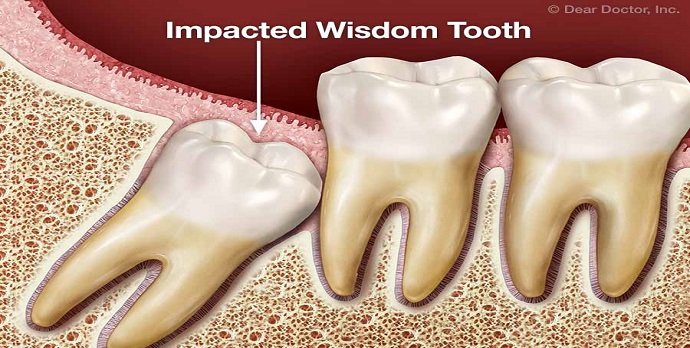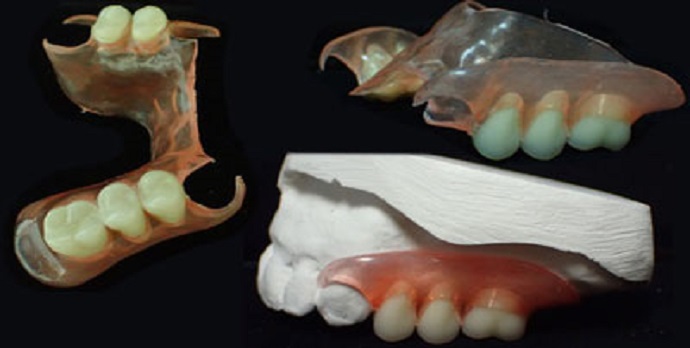
Surgical Removal of wisdom tooth
The surgical removal of mandibular wisdom teeth is one of the most common operations undertaken in oral and maxillofacial surgery. The most common indication for surgery is infection about a partially erupted tooth that is impacted against bone or soft tissues. Other indications include unrestorable caries, pulpal and periapical pathology, fracture of the tooth and cyst development, amongst others. Most commonly the benefits of surgical removal of a wisdom tooth include alleviation of the symptoms and signs of pericoronitis and its potential consequences. However, surgery is frequently associated with postoperative pain, swelling and trismus. Less commonly complications include infection, including dry socket, trigeminal nerve injuries and rarely fracture of the mandible.
Typical symptoms of acute pericoronitis are swollen gum tissue around the wisdom tooth, pain and a bad taste in the mouth. More serious symptoms that require immediate treatment include fever, wisdom tooth-related abscess and difficulty opening the mouth because of swelling..


